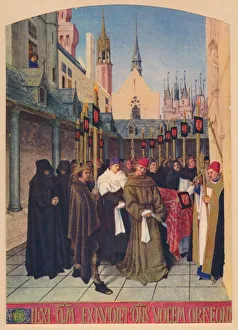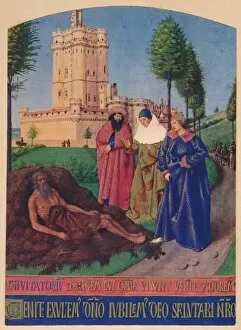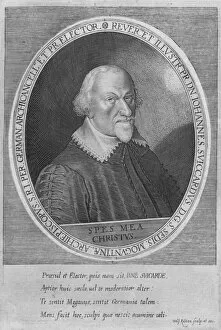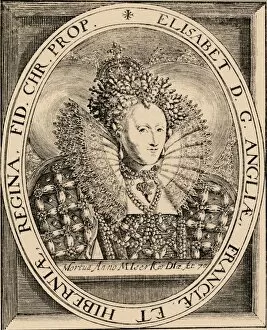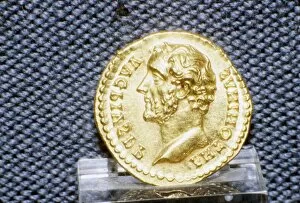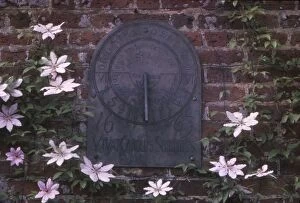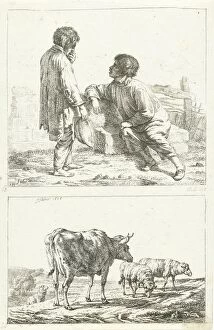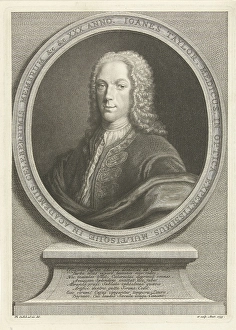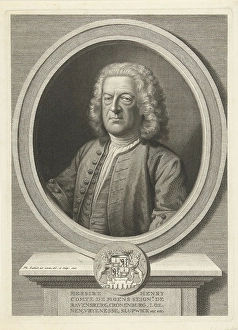Latin Text Collection (page 8)
"Exploring the Richness of Latin Text: A Journey through Time and Art" Step into the world as we delve into its captivating history and artistic expressions
All Professionally Made to Order for Quick Shipping
"Exploring the Richness of Latin Text: A Journey through Time and Art" Step into the world as we delve into its captivating history and artistic expressions. From 17th-century plague doctors to intricate manuscript leaves, each piece tells a unique story. The haunting image of a Plague doctor takes us back to a time when fear gripped Europe. This 17th-century artwork serves as a reminder of the devastating impact of diseases in history. Travel further back in time with a French Bible manuscript leaf from the late 13th century. The opening page of The Book of Nehemias transports us to medieval France, showcasing exquisite calligraphy and illuminations that adorned religious texts. In contrast, "Verbena or Vervain, " an artwork from 1947, brings us closer to modern times. Its vibrant colors capture the essence of this medicinal plant used for centuries in traditional medicine. Leonardo da Vinci's genius extends beyond his renowned paintings. In "First Page of The Armenian Letters" from 1928, Da Vinci showcases his mastery over script and language, leaving us mesmerized by his diverse talents. Marvel at the intricately detailed depiction of "Phases of the Moon" from 1708. This scientific illustration reflects humanity's growing understanding and fascination with celestial bodies during that era. Challenge your worldview with Copernicus' revolutionary ideas presented in an artwork from 1708. Witness how he challenged conventional beliefs about our place in the universe through his Copernican worldview. Discover Roman Emperor Vespasian's legacy through an ancient memorial dating back to c1st-2nd century AD. This testament stands as evidence not only to Vespasian's reign but also to Rome's grandeur during its golden age. Immerse yourself in medieval artistry with "A Page from Egerton Bohun Psalter-Hours. " Created around 1370 but published much later in 1937, this page showcases the intricate beauty of illuminated manuscripts.

